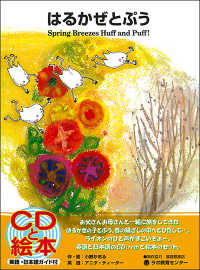Full Description
Tourist art may be a billion dollar business. Sociology textbooks treat the arts as subordinate reflections of social forces, norms, or groups. After the contributions by Emile Durkheim and Max Weber, the sociology of religion is well established, but where is a Durkheim or Weber for the sociology of art?








